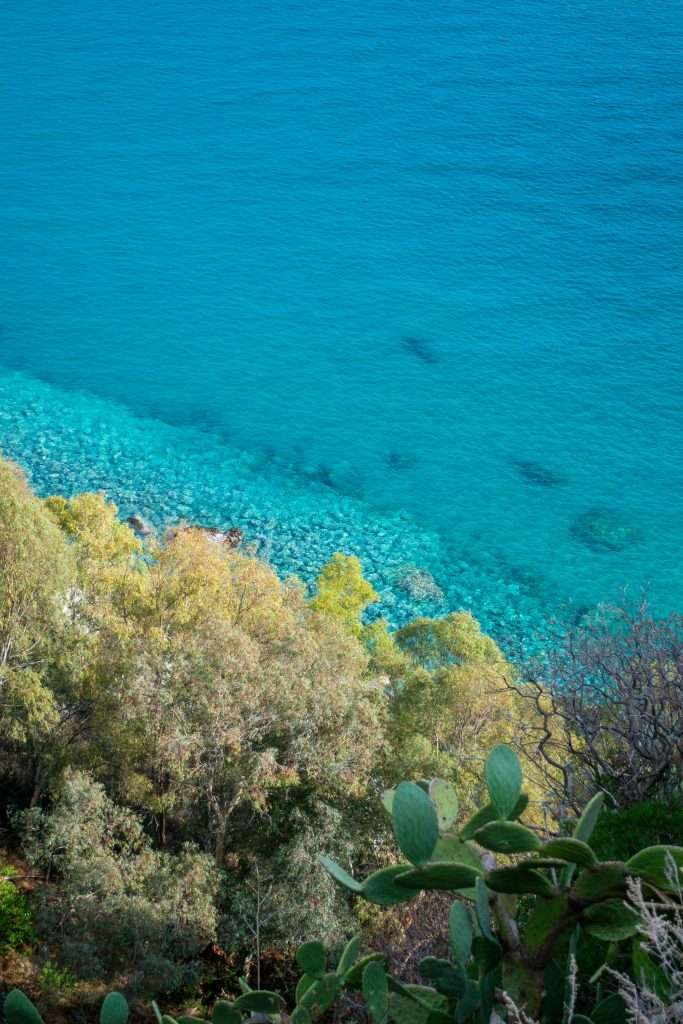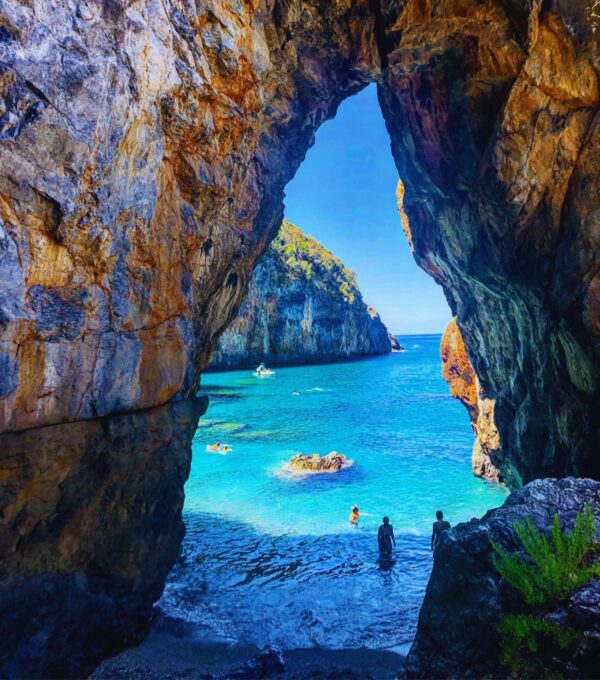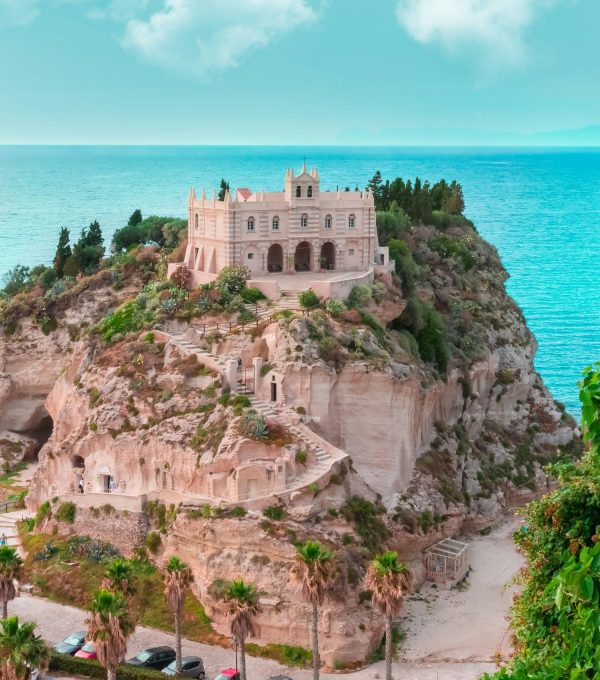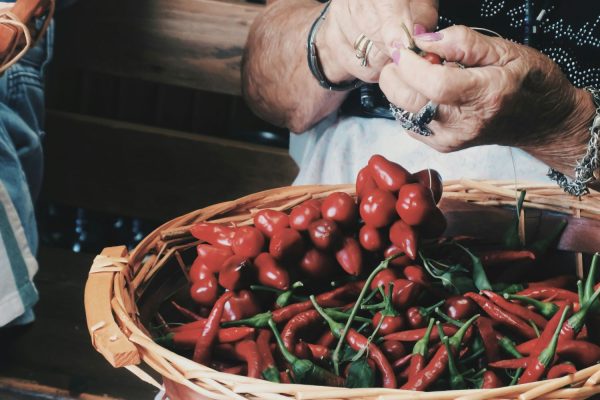Calabria is renowned for its clear waters and enviable beaches, but also for its rich historical and archaeological heritage. The Archaeological Park of Scolacium, which embraces the areas of Borgia, is one of the pearls not to be missed.
Between the waves of the Ionian Sea and the centuries-old olive trees of the province of Catanzaro, there is an area rich in history and culture: the Archaeological Park of Scolacium, a truly unique Roman city in Calabria.
Visiting this site means making an unforgettable journey through the history that has shaped Calabria, exploring the ruins and the natural beauty of these places.
The history of the Archaeological Park of Scolacium
The National Archaeological Park of Scolacium or “Roccelletta di Borgia” for residents, is located in a hamlet of Borgia and is a place that has its roots in a distant past.
The site is known for its ancient city, founded by the Greeks as Skylletion and transformed by the Romans into Scolacium. Its history has been shaped by the different civilizations that have followed each other and that have left an indelible mark on the territory.
Here, visitors can admire the Basilica of Santa Maria della Roccella built in Norman Romanesque style and the evidence of the economic and cultural importance of the city, with the remains of the ancient Roman Theatre built on the natural slope, of the Forum still provided with its brick floor and the Amphitheater located in the highest part of the park.
Within the area of what was once the Roman city Scolacium it is also possible to explore the old mill that belonged to Baron Mazza until the eighties. It is an interesting example of the archaeological industrial heritage of Calabria.
The Archaeological Museum of the park preserves a rich collection of archaeological finds, including sculptures, ceramics and coins, offering an opportunity to deepen the knowledge of the ancient civilizations that have inhabited the area.
Every year, the Archaeological Park Scolacium is home to important cultural events of various kinds, such as exhibitions of works by international artists and concerts.
Borgia, the ancient rebuilt village
Near the Archaeological Park of Scolacium is Borgia, a village almost completely rebuilt after an earthquake in the eighteenth century that stands out for its architectural diversity between ancient churches, monuments and noble palaces.
Among the highlights not to be missed are Villa Pertini, Piazza del Popolo and Piazza Ortona with its Cathedral dedicated to the patron saint of the city San Giovanni Battista and the monument dedicated to war victims.
Not just history. Borgia is also known for its maritime part that stretches for several kilometers along the Costa degli Aranci and conquers for its sandy and pebble beaches, including the famous Roccelletta di Borgia between Catanzaro Lido and Squillace Lido.
Soverato between history and natural beauty
Not far from the Archaeological Park of Scolacium and where it is located Borgia rises Soverato, a coastal town famous for its golden beaches, hidden bays and crystal clear waters.
During the summer months, this quiet town comes alive with tourists eager to immerse themselves in the crystal clear waters of its sea.
It is actually a destination to visit all year round. In addition to the sea and beaches, the city boasts a rich cultural heritage. Walking through the streets of Soverato, you will find several churches, such as the Church of Our Lady of Sorrows guardian of a valuable sculpture of the sixteenth century, the Cathedral of Soverato characterized by sacred works of art and the Church of Sant’Antonio built in neo-Gothic style.
Among the most interesting attractions is undoubtedly the Santicelli Botanical Garden which houses a variety of flowers and offers a panoramic view of the coast.

Foto : Unsplash
The local gastronomy of Calabria
If you want to fully explore this area of Calabria, you can not miss the tasting of typical dishes and authentic flavors of Calabrian cuisine.
Among the goodies to taste there are the ‘nduja (prepared with pork, chili and spices and used for appetizers and condiments), the caciocavallo silano (hard cheese with a delicate flavor), the sardella (fish preserve made of bianchetti)pasta with Calabrian pesto (pasta with tomatoes, red peppers and ricotta) and the morzello (offal of beef with spicy sauce served on a plate or in the Calabrian pitta). Actually the list would be much longer.
Archaeological Park of Scolacium, a Roman city in Calabria to discover Calabria is a land producing fine wines such as Cirò, an intense and fruity red, and Greco di Bianco, a fresh and aromatic white. Savuto, a complex red, enriches the wine proposal.
Copertina: Artsupp



